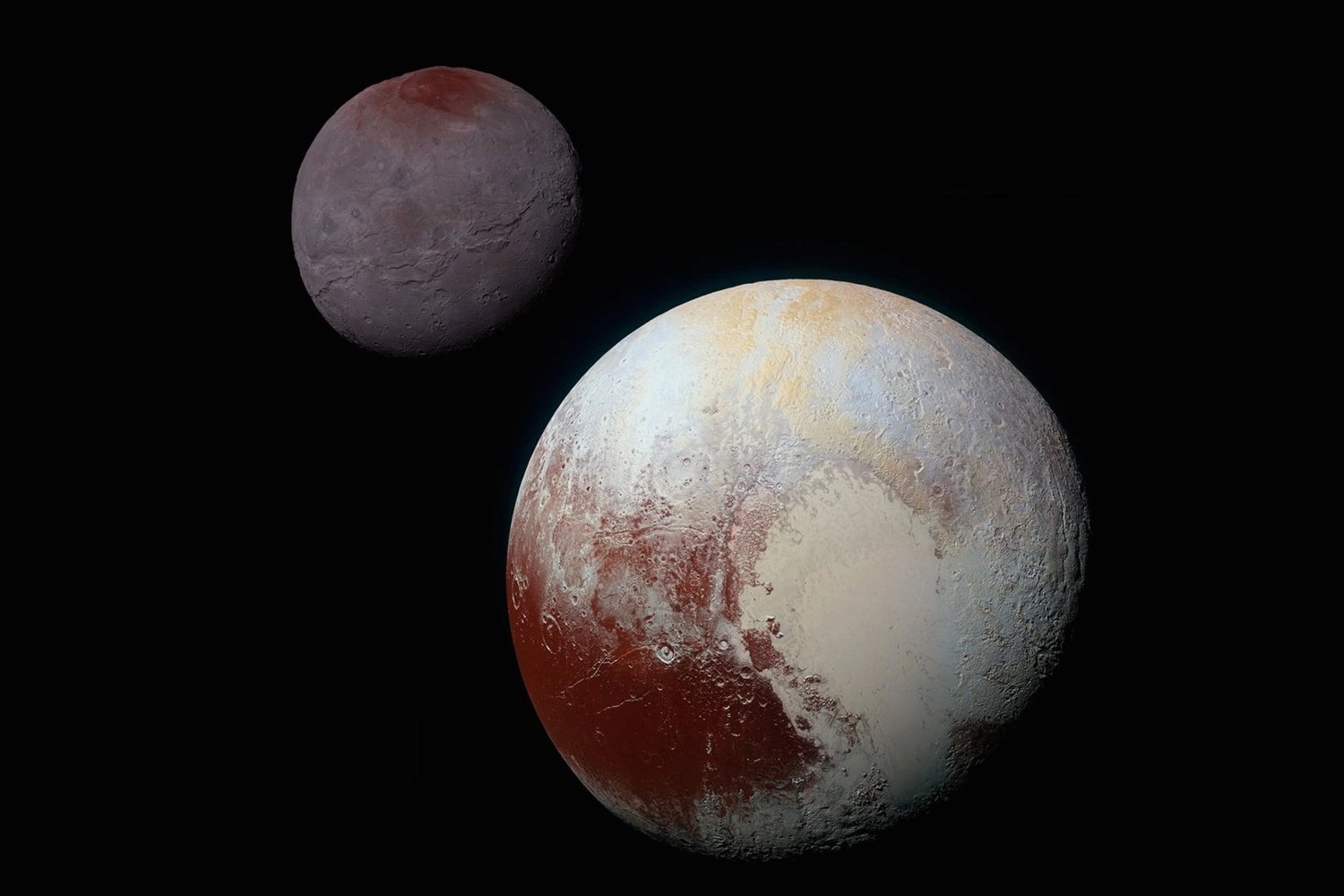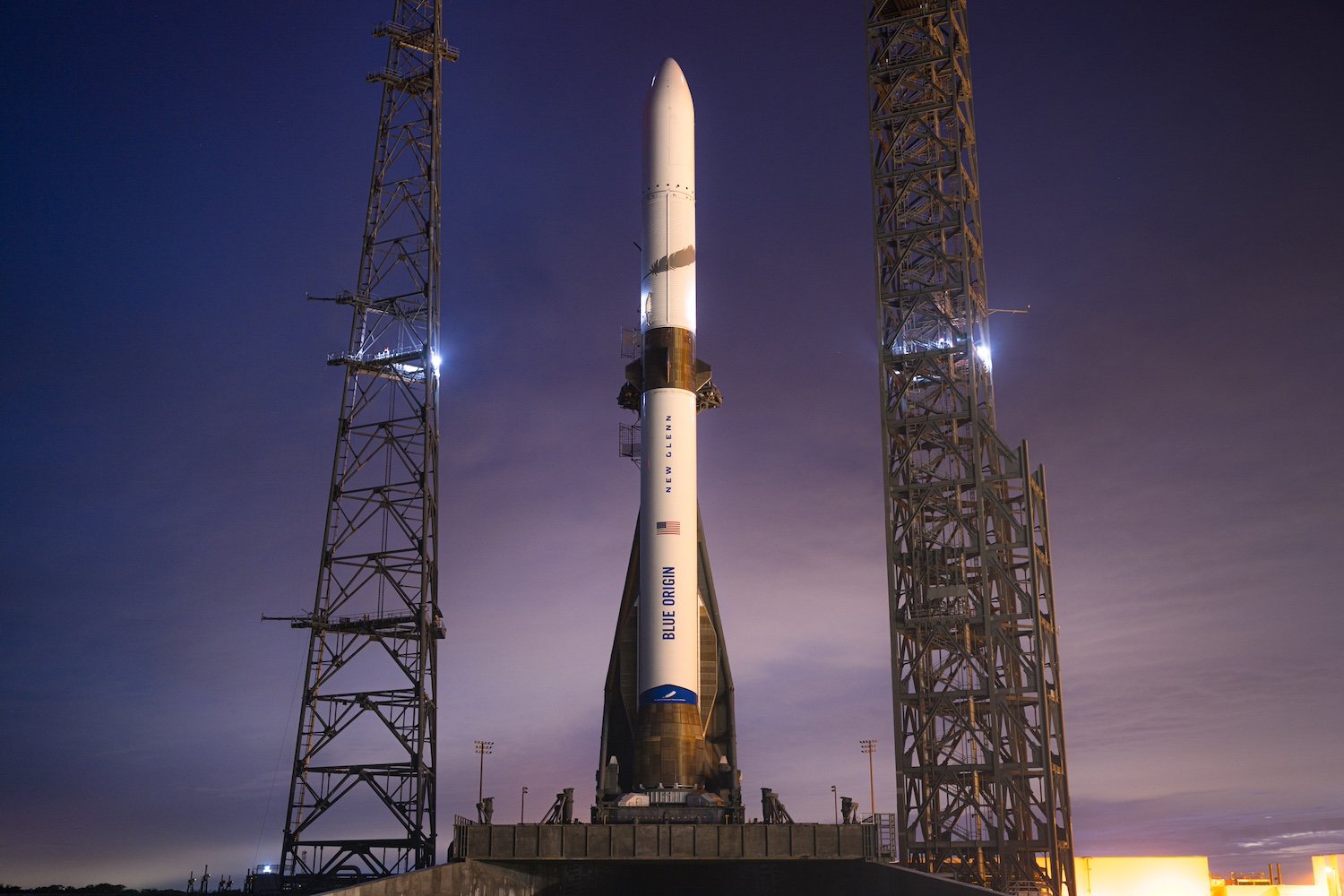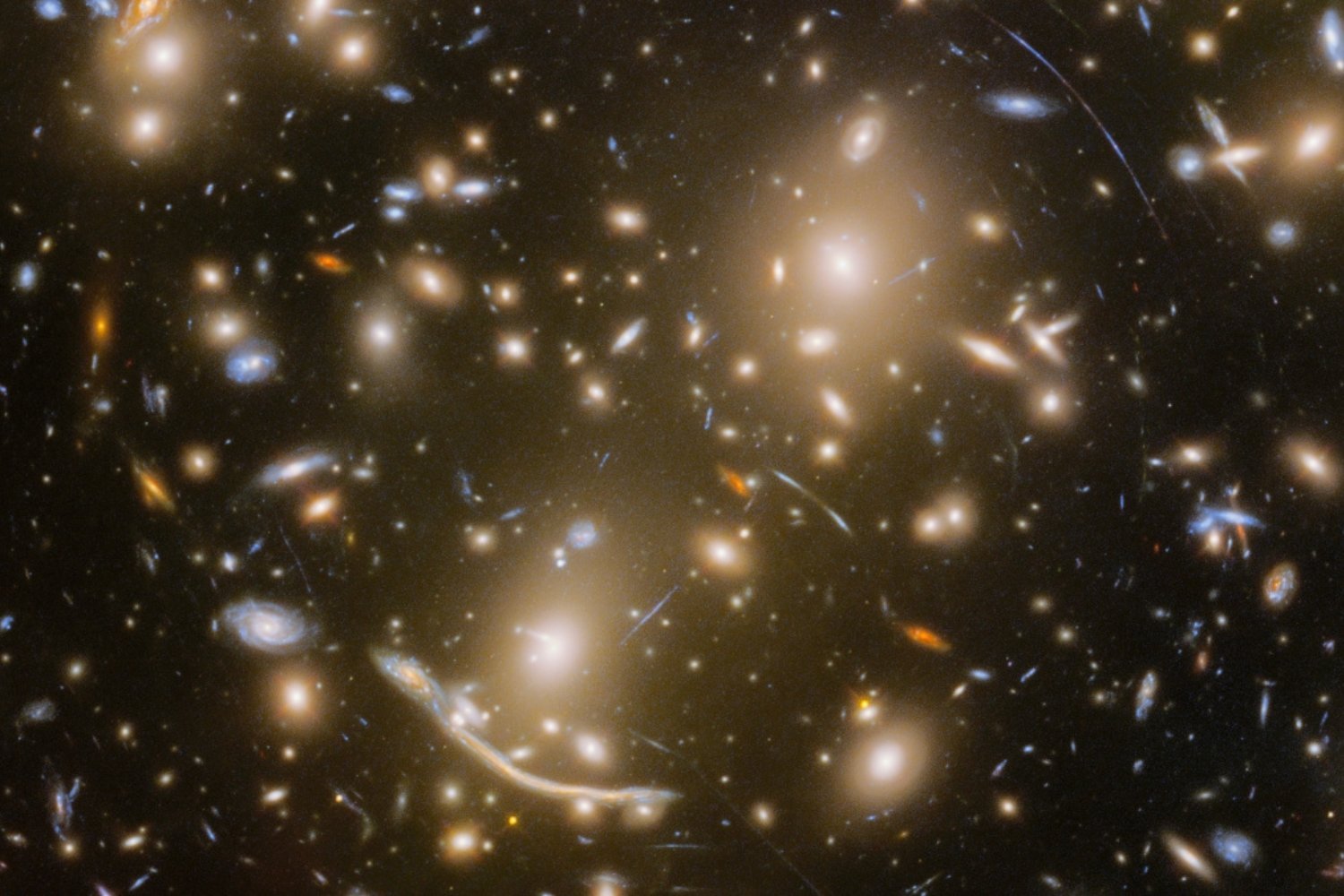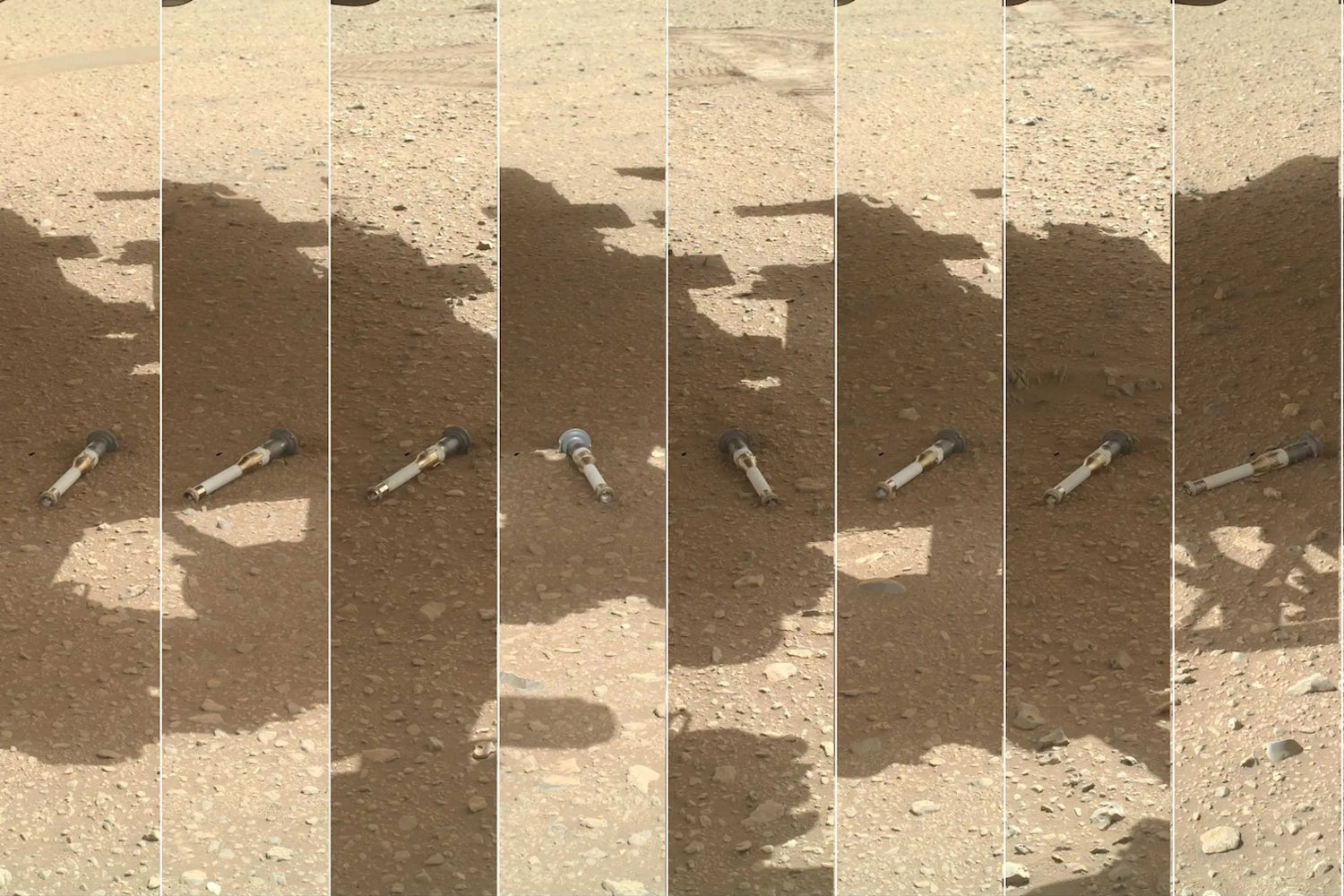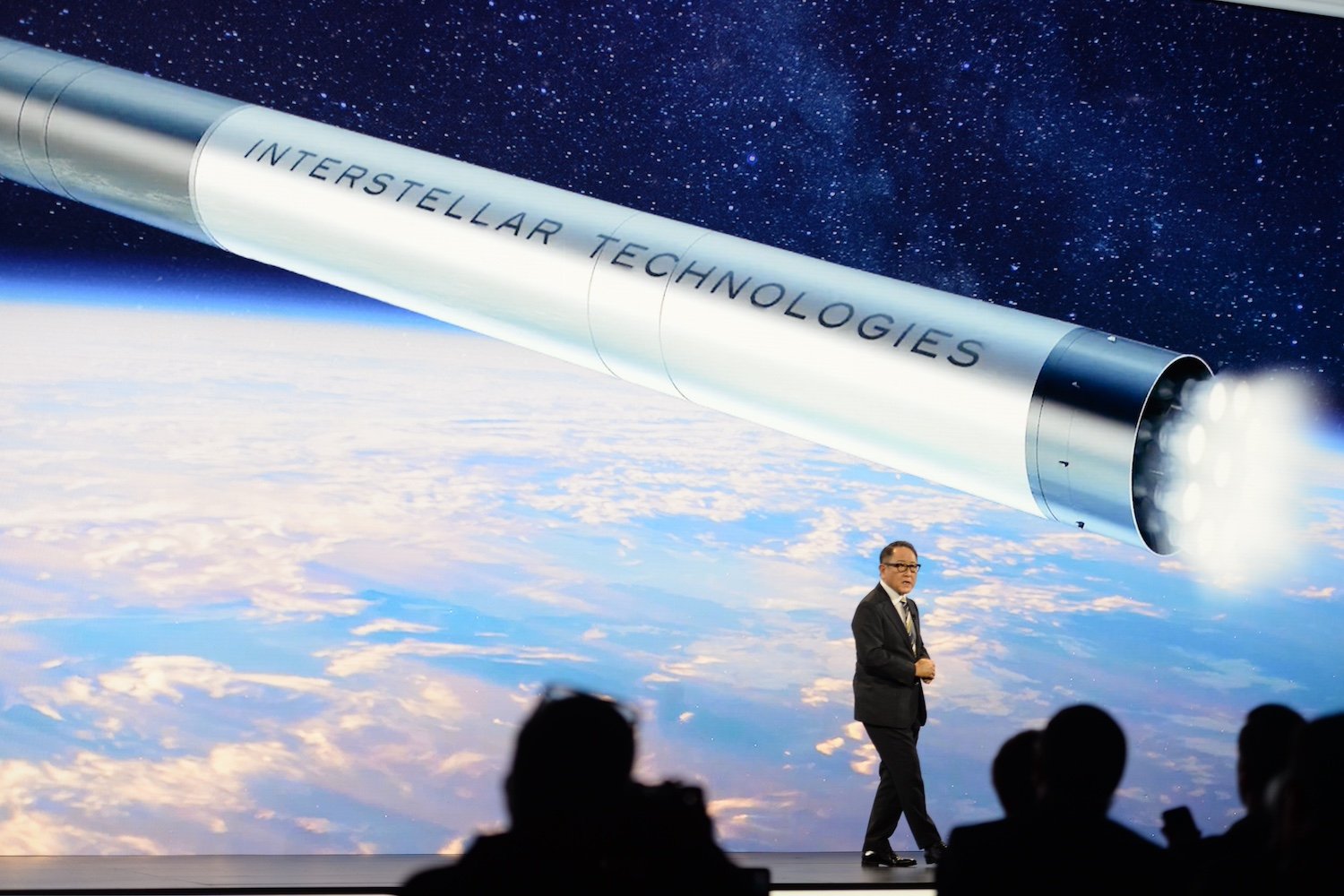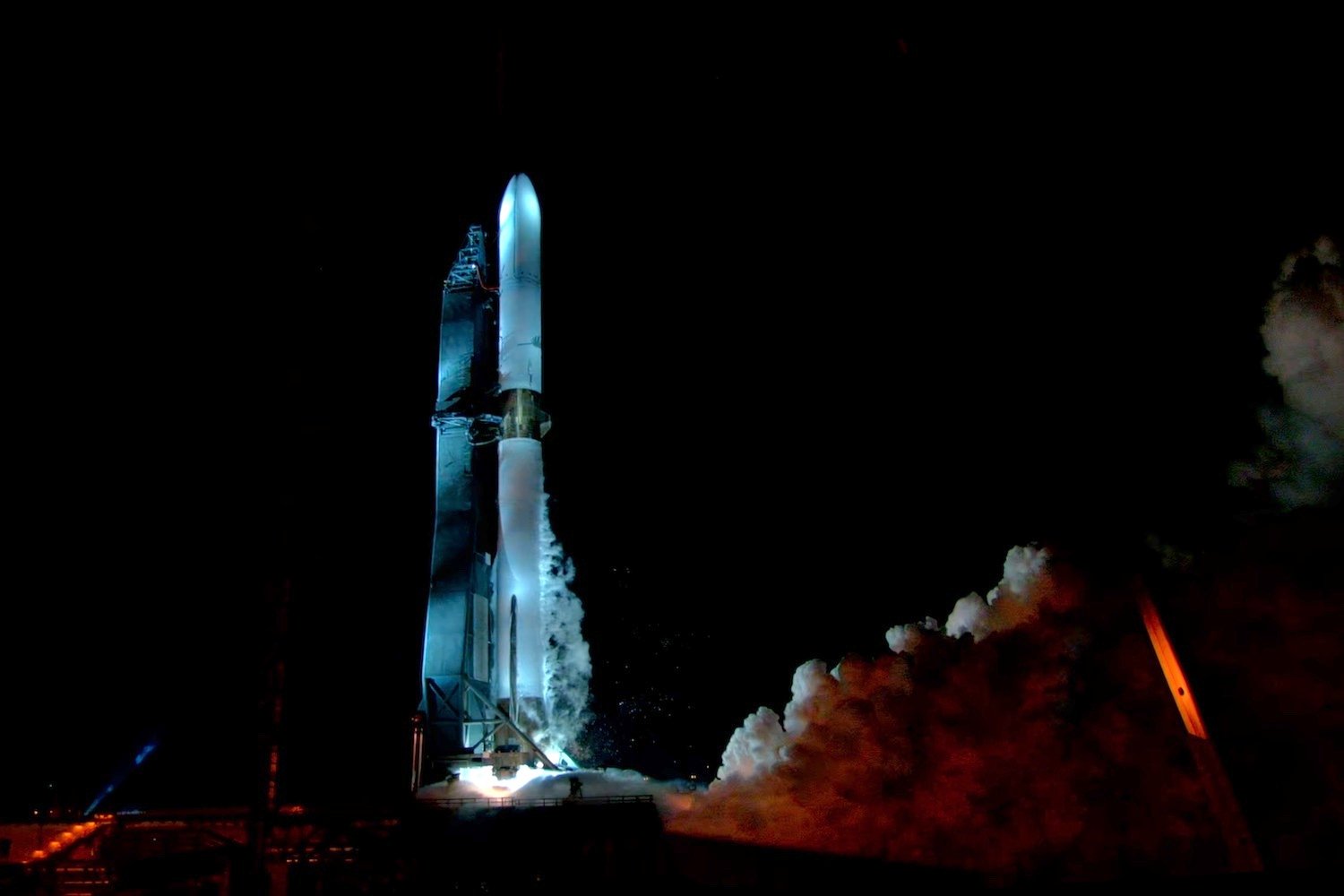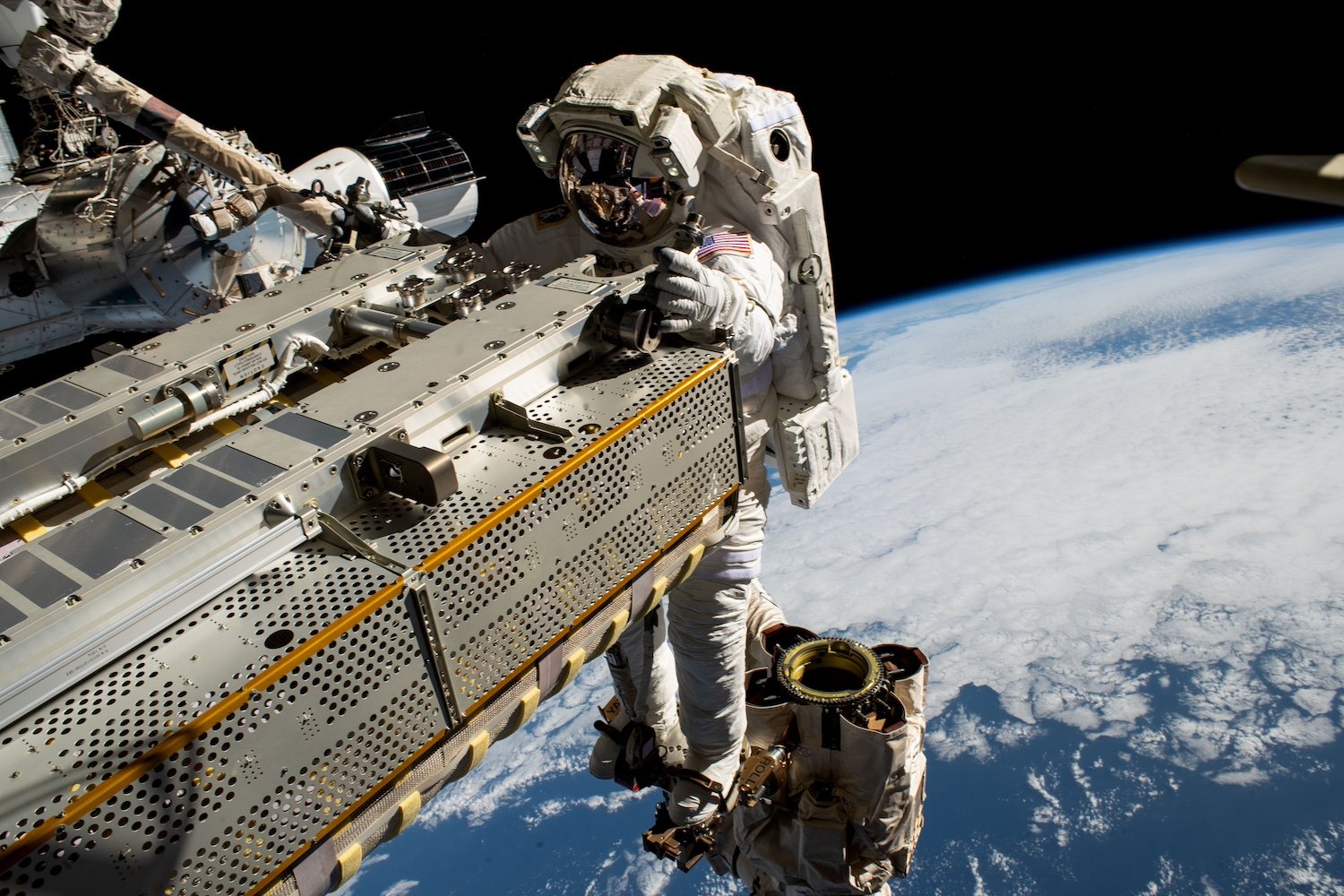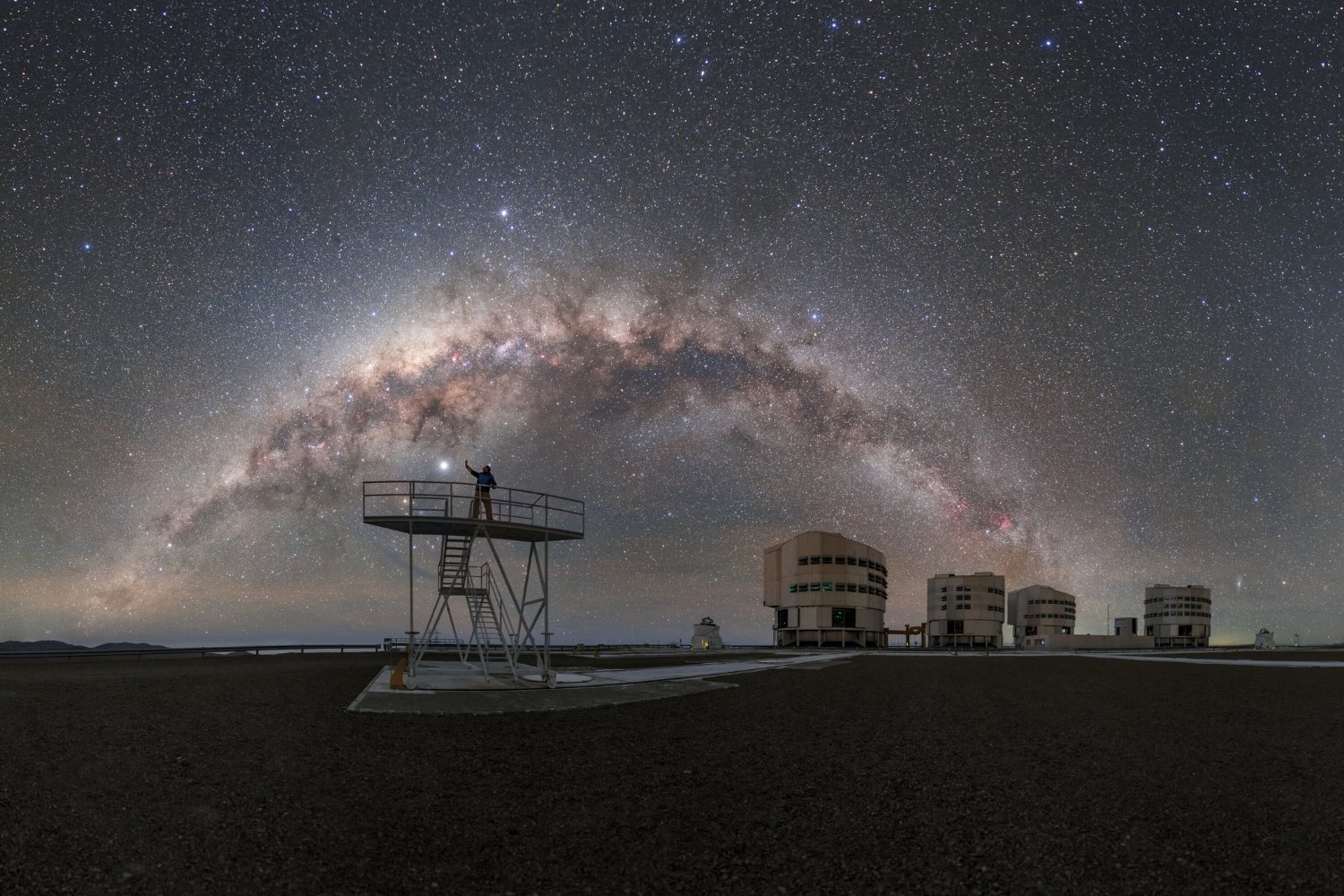Pluto and its largest moon, Charon, have been locked in a gravitational embrace for billions of years. This unique double dwarf planet system, where Charon is roughly half the size of Pluto, has intrigued scientists for decades. A new study published in Nature Geoscience proposes a fascinating “kiss and capture” formation scenario, suggesting a dramatic collision and temporary merger before the two bodies separated into their current orbital dance.
This new theory challenges the prevailing “hit and run” or “graze and merge” collision models typically used to explain planetary formation. “What we’ve discovered is something entirely different—a ‘kiss and capture’ scenario where the bodies collide, stick together briefly and then separate while remaining gravitationally bound,” explains Adeene Denton, NASA postdoctoral fellow and lead author of the study.
Charon, spanning 754 miles (1,214 kilometers), is a significant companion to Pluto, which measures 1,400 miles (2,253 km) across. While previous theories suggested Charon formed similarly to Earth’s Moon through a massive impact, this new research highlights key differences. Unlike the Earth-Moon system, where the colliding bodies behaved more like fluids due to their size and the intense heat generated, Pluto and Charon are smaller, colder, and composed primarily of rock and ice. “When we accounted for the actual strength of these materials, we discovered something completely unexpected,” Denton adds.
Using computer simulations, the researchers modeled various collision scenarios. Their findings revealed that Pluto and Charon likely remained largely intact during the initial impact, fusing into a single, irregular object resembling a snowman. Following this brief union and a period of lopsided rotation, the two bodies separated, with the smaller Charon settling into its near-circular orbit around Pluto.
“The compelling thing about this study is that the model parameters that work to capture Charon end up putting it in the right orbit,” notes Erik Asphaug, professor at the University of Arizona’s Lunar and Planetary Laboratory and co-author of the study. “You get two things right for the price of one.”
This “kiss and capture” scenario may also explain Pluto’s theorized subsurface liquid ocean. The separation process, following the initial collision, could have generated significant internal heat within both bodies, potentially leading to the formation of a subsurface ocean on Pluto.
“We’re particularly interested in understanding how this initial configuration affects Pluto’s geological evolution,” Denton explains. “The heat from the impact and subsequent tidal forces could have played a crucial role in shaping the features we see on Pluto’s surface today.”
The research team plans further studies to investigate the influence of tidal forces on the early evolution of the fused Pluto-Charon system and explore the possibility of similar processes contributing to the formation of other binary systems in our universe.



